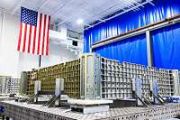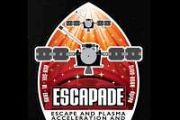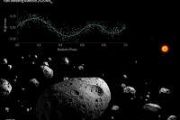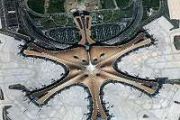Cluster II is a space mission of the European Space Agency, with NASA participation, to study the Earth's magnetosphere over the course of an entire solar cycle.
The mission is composed of four identical spacecraft flying in a tetrahedral formation. A replacement for the original Cluster spacecraft which were lost in a launch failure in 1996, the four Cluster II spacecraft were successfully launched in pairs in July and August 2000 onboard two Soyuz-Fregat rockets from Baikonur. In February 2011, Cluster II celebrated 10 years of successful scientific operations in space.
The mission has been extended until December 2012.
China National Space Administration/ESA Double Star mission operated alongside Cluster II from 2003 to 2007.
The four identical Cluster II satellites study the impact of the Sun's activity on the Earth's space environment by flying in formation around Earth. For the first time in space history, this mission is able to collect three-dimensional information on how the solar wind interacts with the magnetosphere and affects near-Earth space and its atmosphere, including aurorae.
The satellites are named Rumba, Salsa, Samba and Tango but are more commonly called Cluster 1, Cluster 2, Cluster 3 and Cluster 4 or even C1, C2, C3 and C4.
The spacecraft are cylindrical (290 x 130 cm, see online 3D model) and are spin-stabilized at 15 rotations per minute. After launch, their solar cells provided 224 watts power for instruments and communications. The four spacecraft maneuver into various tetrahedral formations to study the magnetospheric structure and boundaries. The inter-spacecraft distances can be varied from around 17 to 10,000 kilometers (km). The propellant for the maneuvers makes up approximately half of the spacecraft's launch weight.
The highly elliptical orbits of the spacecraft reach a perigee of around 4 RE (Earth radii, where 1 RE = 6371 km) and an apogee of 19.6 RE. Each orbit takes approximately 57 hours to complete. The European Space Operations Centre (ESOC) acquires telemetry and distributes to the online data centers the science data from the spacecraft.



















































